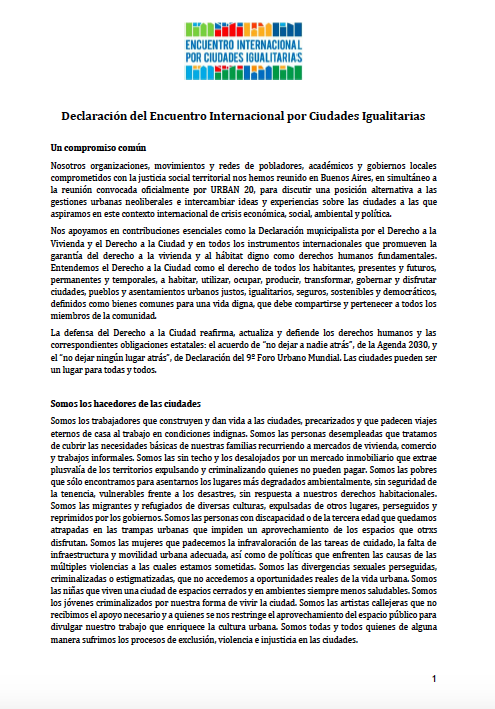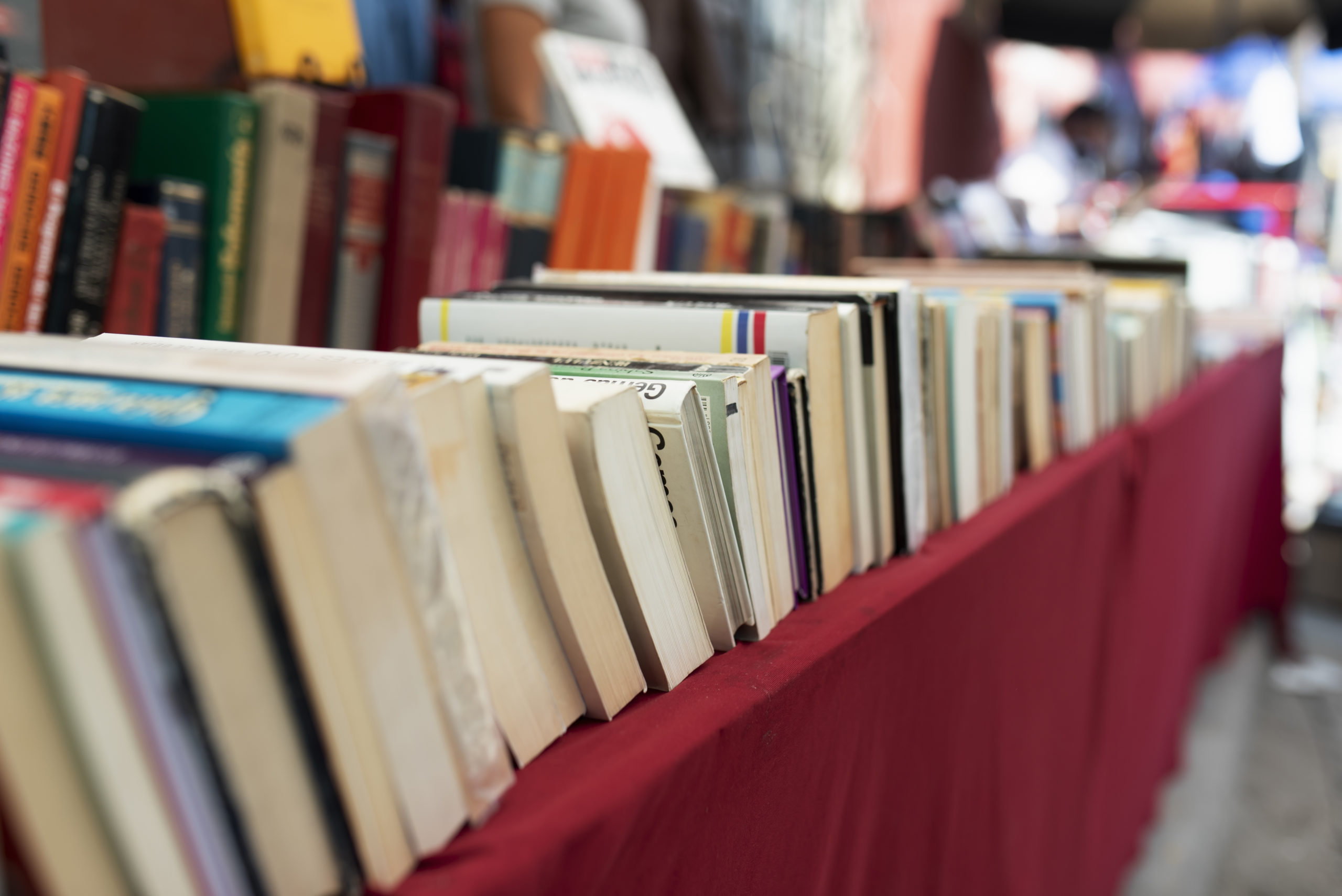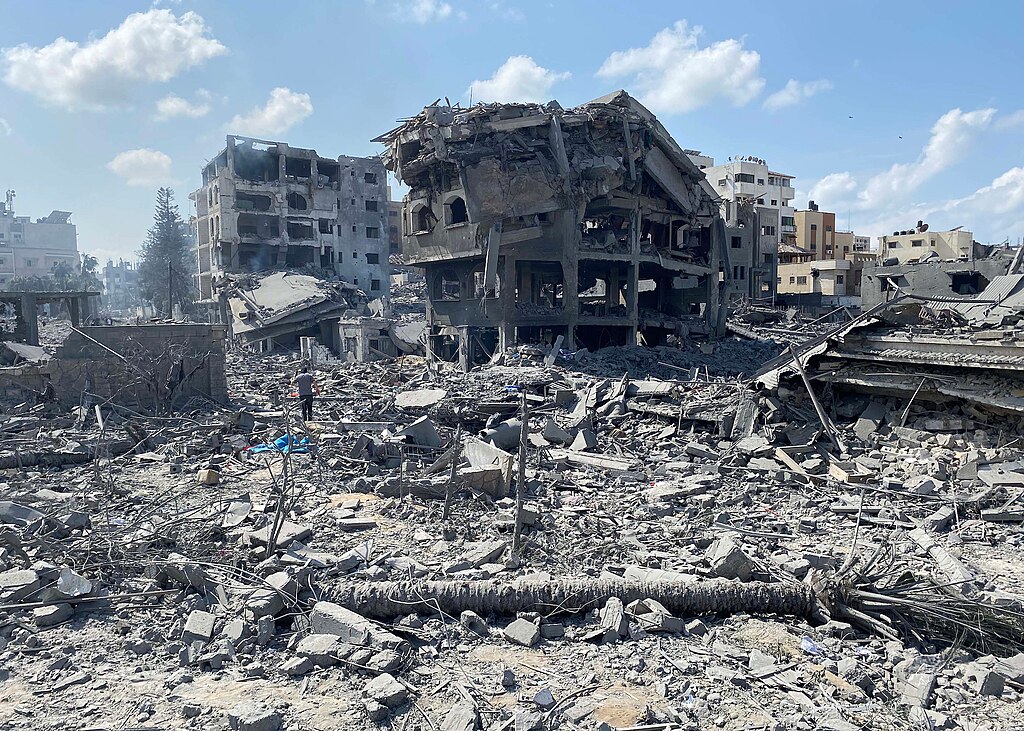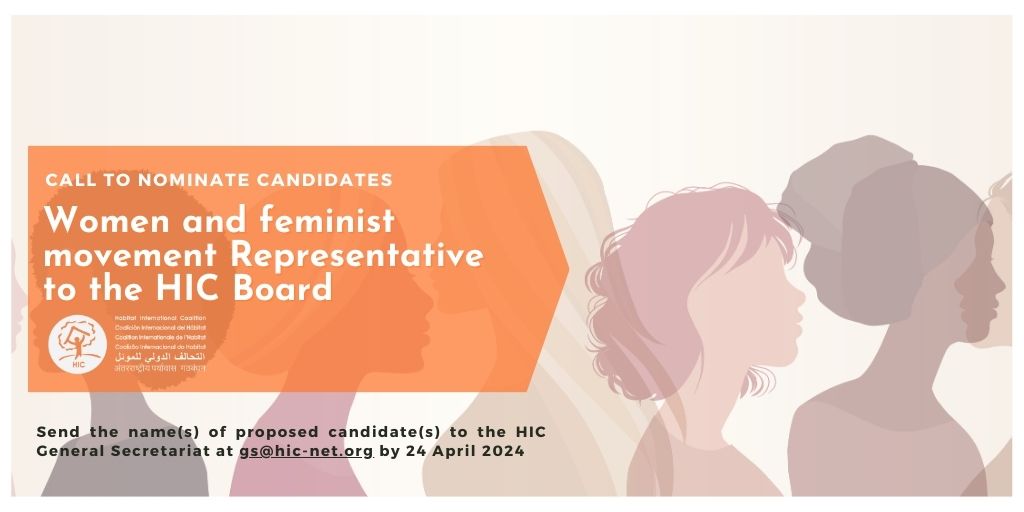1.- General identification
Location: 14th arrondissement, Paris, FRANCE
Dates of the experience phase you report about: 1993 2004
2.a- General context and historical background:
This neighborhood in the southern part of the 14th ardt. of Paris encompasses an area with a population of approximately 5,000. It was formerly a middle class, lower-middle class, and working class mainly residential area, with a few small factories and many tradesmen, shopkeepers and artists. Over the past fifty years, with the conservatives dominating City Hall bent on sending the working class out of the city, it has been gentrifying. An Urban Renewal program in the 1970s sped up this process, in spite of strong and partially successful local resistance.
There are now only fragments of a working class population left, with no factories and many fewer trades people. One of the struggles of UD has been to try to hold this population in the area and incorporate it in its activities. Another has been to demand access to housing for the poor. The 2001 elections brought a socialist mayor (allied with the Greens) to Paris and a socialist mayor to the 14th ardt. While this change has had an important impact on the relations of UD with the city, thanks to genuine effort on the part of city authorities to promote local participation, the relations are not necessarily harmonious. City Halls notion of what is meant by participation is much more restrictive than that of UD. UD members are essentially young middle class activists
2.b- The story of the experience:
In its ten years of existence, UD has had quite a few experiences in the realm of social production of habitat. The first members formed the association in opposition to the city which had created a zone to be open green space for a park and expropriated homes at a low price, and then changed the zoning to allow construction of apartments, thus creating high profits for the city and its associates. When they understood this ruse, the neighborhood people got together and organized systematic protest of the citys plans. They soon became involved in criticizing a nearby urban renewal plan imposed on the neighborhood with no consultation with inhabitants; they succeeded in changing some aspects and in saving a large building important to the neighborhood from demolition. The building is now being rehabilitated for the artists and working class people who live there. Other actions have been to protest against the closing of several buildings used for meetings by local associations and to demand the creation of meeting rooms to replace those lost. Among the various activities, there are two on-going actions of particular interest to social production of habitat.
The first experience is the creation of a group concerned about the space left by the large Broussais hospital complex which moved leaving several buildings and a large open space to be sold. UD members feared the complex, a public hospital, would be sold to private developers over whose plans the neighborhood would have no influence. They began to invite the neighboring population and other local associations to meetings to discuss the populations needs and desires concerning future use of this space. These first meetings in the fall of 1999 developed into a collective called Redessinons Broussais (or CRB) made up by different associations including parents groups from the schools, the neighborhood newspaper, local unions, and trades people, led by several UD members.
The collective drew up a questionnaire on the future plans for Broussais, which was distributed in the neighborhood over a two-year period. They also held twice-monthly meetings of an Atelier Populaire DUrbanisme (APU) to discuss different possibilities for the buildings and the open space, and they built a model of Broussais to illustrate their ideas. This APU is an experiment in participatory democracy. They hold large open events every six months or so where the plans are discussed with a much larger sample of the population. By 2002 they had developed some proposals reflecting the main ideas expressed in the questionnaires and the meetings. The CRB regularly contacts the mayor and the planners of the 14th ardt. who sometimes come to CRB meetings. It has also presented its work to the newly established local neighborhood council.
The other experience developed by UD is a socially oriented boarding house. In France and particularly in and around Paris there is a great shortage of affordable housing. This means there are many homeless, even families and people with jobs. Supply of subsidized housing is far below demand. While there is an allocation that helps low income families pay their rent, there is no allocation if there is no housing. A UD member who as a social worker sees the drama of the homeless first hand, has been working with other members to develop plans to create and manage a pension de famille or boarding house. This is an alternative type of social housing where the individuals have collective space for their meals and leisure time.
The French Ministry of Housing recently drew up guidelines and a budget to finance such houses if they are proposed by an NGO concerned with housing. The UD project aims to create an alternate type of housing that is anchored in the neighborhood and with strong relations between members of the pension and neighborhood associations. Other elements of this form of housing will be participation of the inhabitants in the management of their housing, and a heterogeneous population as far as socio-cultural background and age are concerned. An association of UD members and other neighborhood residents has been created to manage this pension de famille and negotiations are taking place with a social housing promoter which is considering building the boarding home in a very central part of the neighborhood..
3.a Objectives and goals of the main actor you report about:
The main goal of UD is to enable the local population to be able to discuss and have an impact on decisions concerning their neighborhood and their housing.
3.b. Strategies
The first strategy was protest, demonstrations, weekly public breakfasts on the street in front of the renewal area, temporary blockage of the entrance to the site, petitions, delegations, etc. to demand the park which we finally obtained.
More recently strategy has focused on the creation of a space for discussions, public meetings, presence in the local markets, neighborhood festivals four times a year, participation in the neighborhood councils, articles in the local newspaper, etc.
3.c. Reaches
Membership is between 150 to 200 members of which about 40 are active and 15 very active. There are few workers but as many or more women than men.
We reach approximately one third of the 14th artd. with posters, newspaper articles, and events such as the four neighborhood parties each year.
When created, the pension de famille will reach a particularly vulnerable, poorly housed population.
The CRB is one of only a very few experiments where the participation of the local people in the planning of a bit of urban space has been promoted uniquely by local people.
A pension de famille managed by members of a local association is also an innovation.
4.- Actors involved and their roles
The actors are primarily the members of UD but they often collaborate with other NGOs and other neighborhood groups or individuals.
5.- Components (brief description of how they link)
The pension de famille is an experiment involving alternative form of housing, maintenance, and management, and will offer affordable rents and thereby access to housing for the vulnerable or the homeless or badly housed.
It implies social inclusion/integration for a few people.
The CRB Broussais is an experiment of public and democratic participation in the planning of public space, childrens playgrounds, green spaces, etc. It is an experiment in participatory urban development.
Social and cultural aspects (examples)
UD collaborates with other associations whenever appropriate. Women play an equal role with men. The current UD president is a woman.
Ecological sustainability
UD, in partnership with the City Hall of the 14th, organized the creation of Jardins Partags or shared gardens in which those who wish can sign up to take part in doing the gardening. The project will develop organic gardening techniques.
6.- Achievements and main lessons learned
UD actions were instrumental in transforming city plans for the neighborhood. The park that was to be eliminated has become a reality, and there have been many modifications concerning housing and urban space in the urban renewal zone. A small square has been created at the suggestion of UD.
The four neighborhood UD parties have brought some members of the neighborhood together regularly.
In a large city like Paris it is difficult to reach ones neighbors and interest them in local affairs. There are many people who are aware of UD and occasionally come to their events, but many fewer who take an active part.
The experiment in participatory urban planning is an indication that it can be successful even when led by people with little or no training in urban planning but with the will to do so in a participative manner.
7.- Key words
neighborhood association, protest, participatory urban planning, alternative social housing
8.- Sources
My own participation in UD and internal documents.
9.- Contacts
Association Urbanisme & Democratie
24 rue de Thermopyles, 75014, Paris, France
tel/fax: 01 40448192 Internet: http://u.d.free.fr
President: Muriel Rochut




